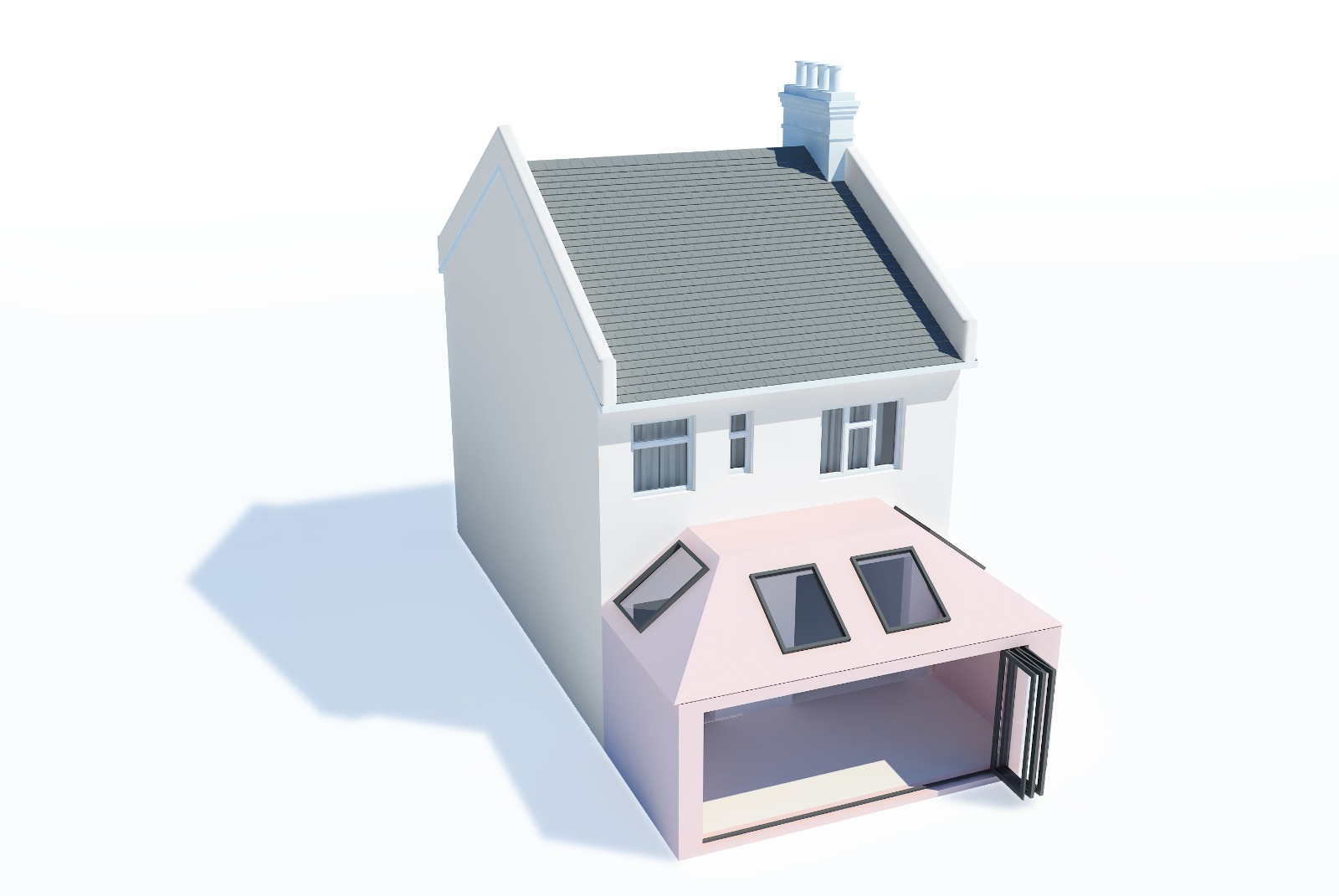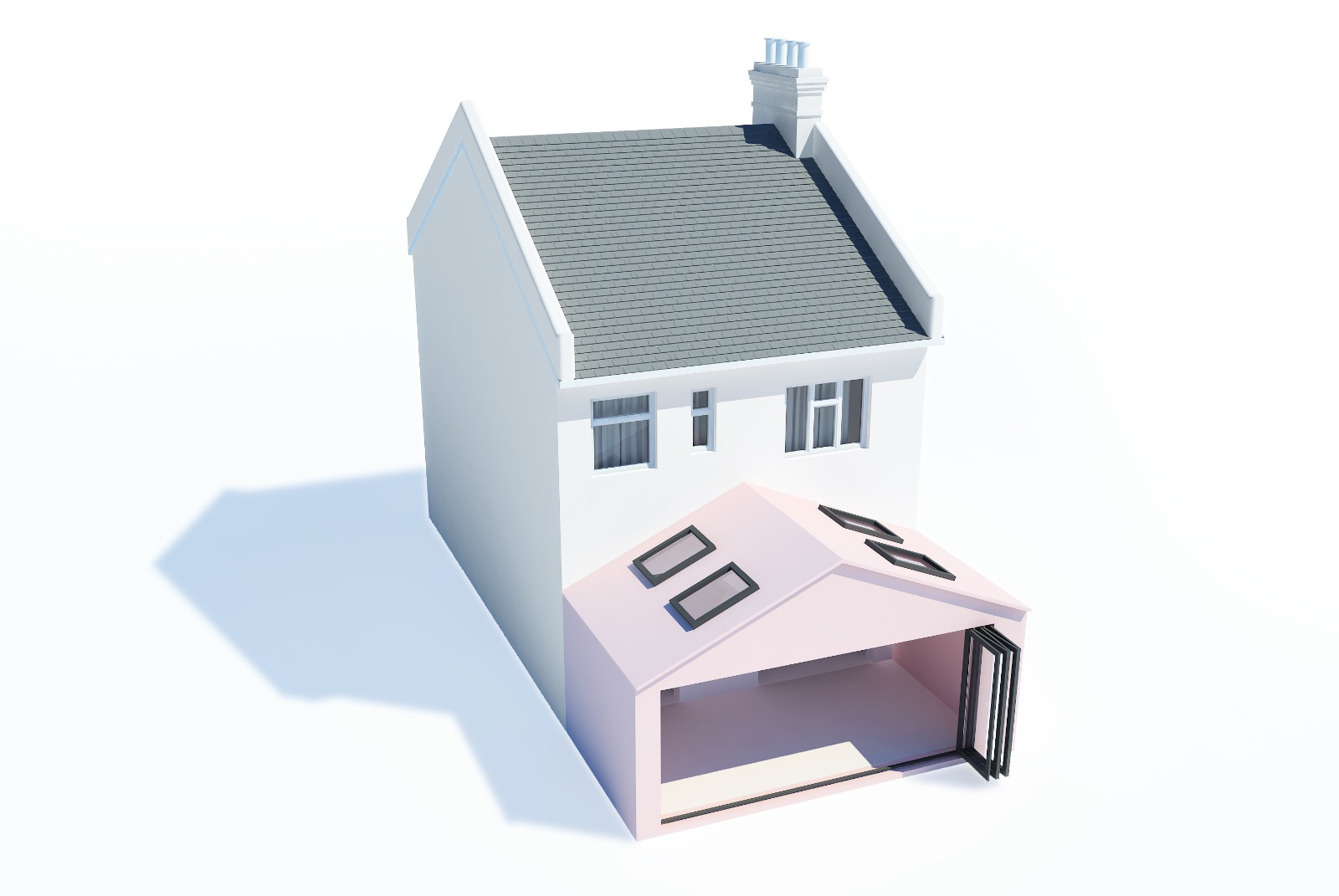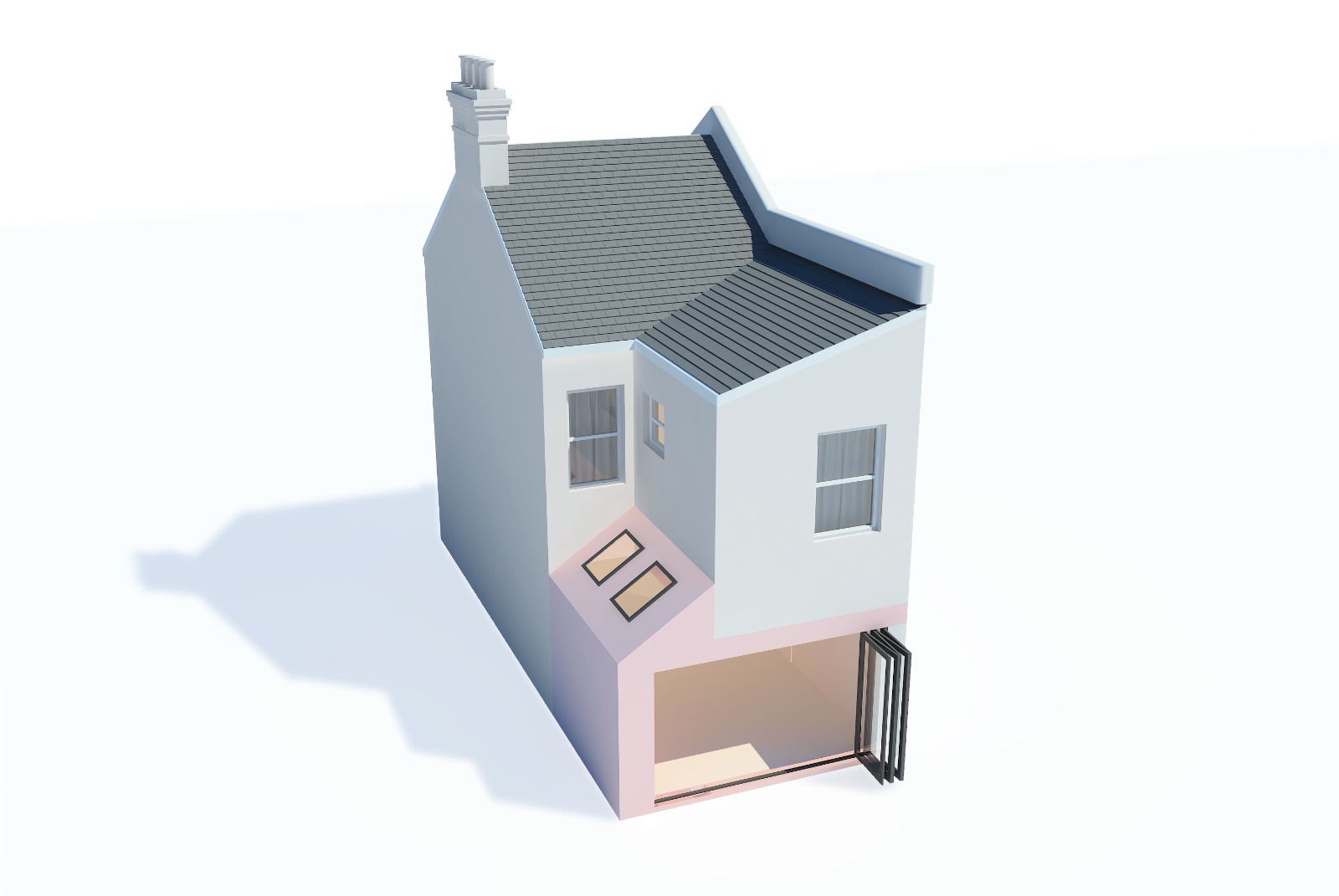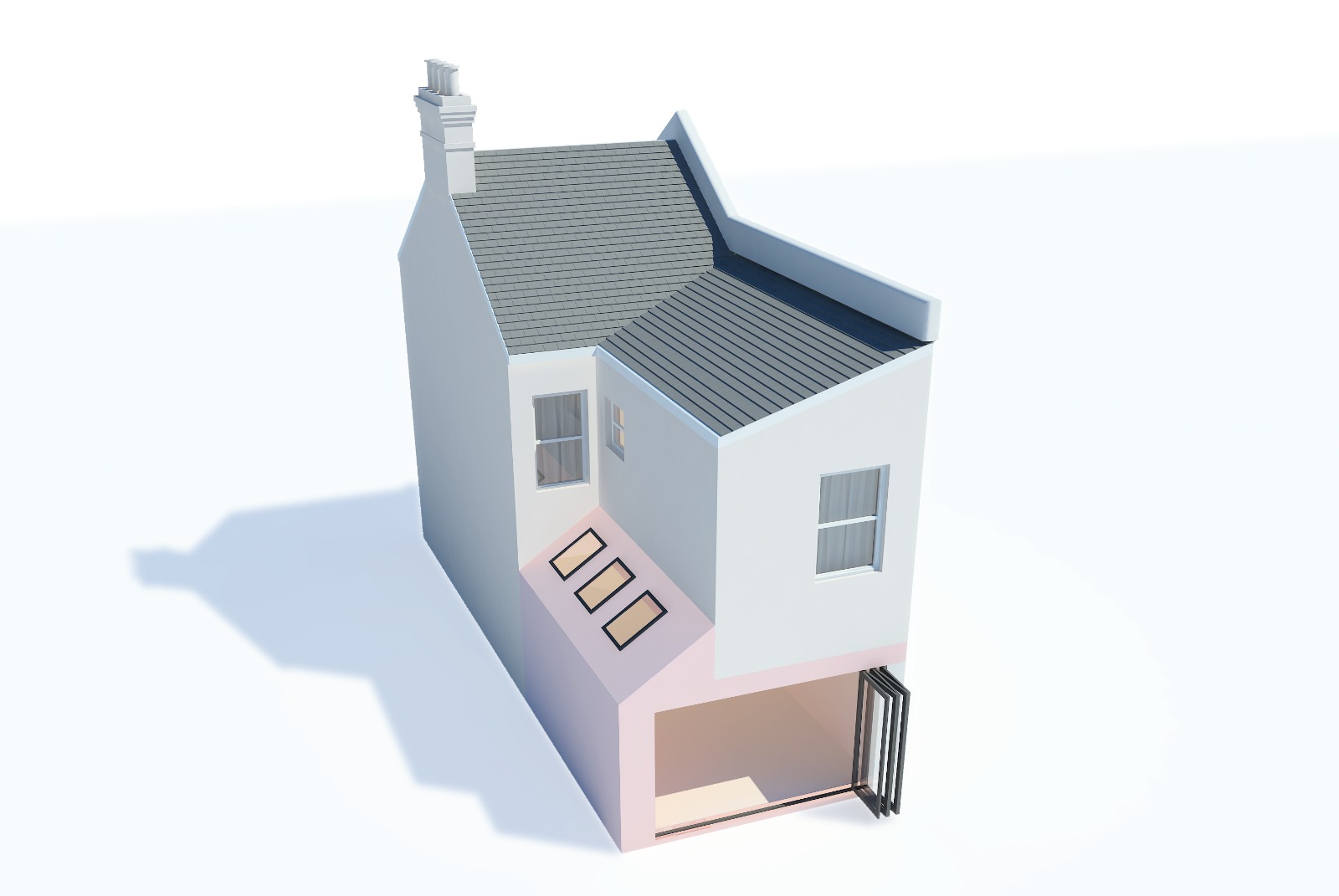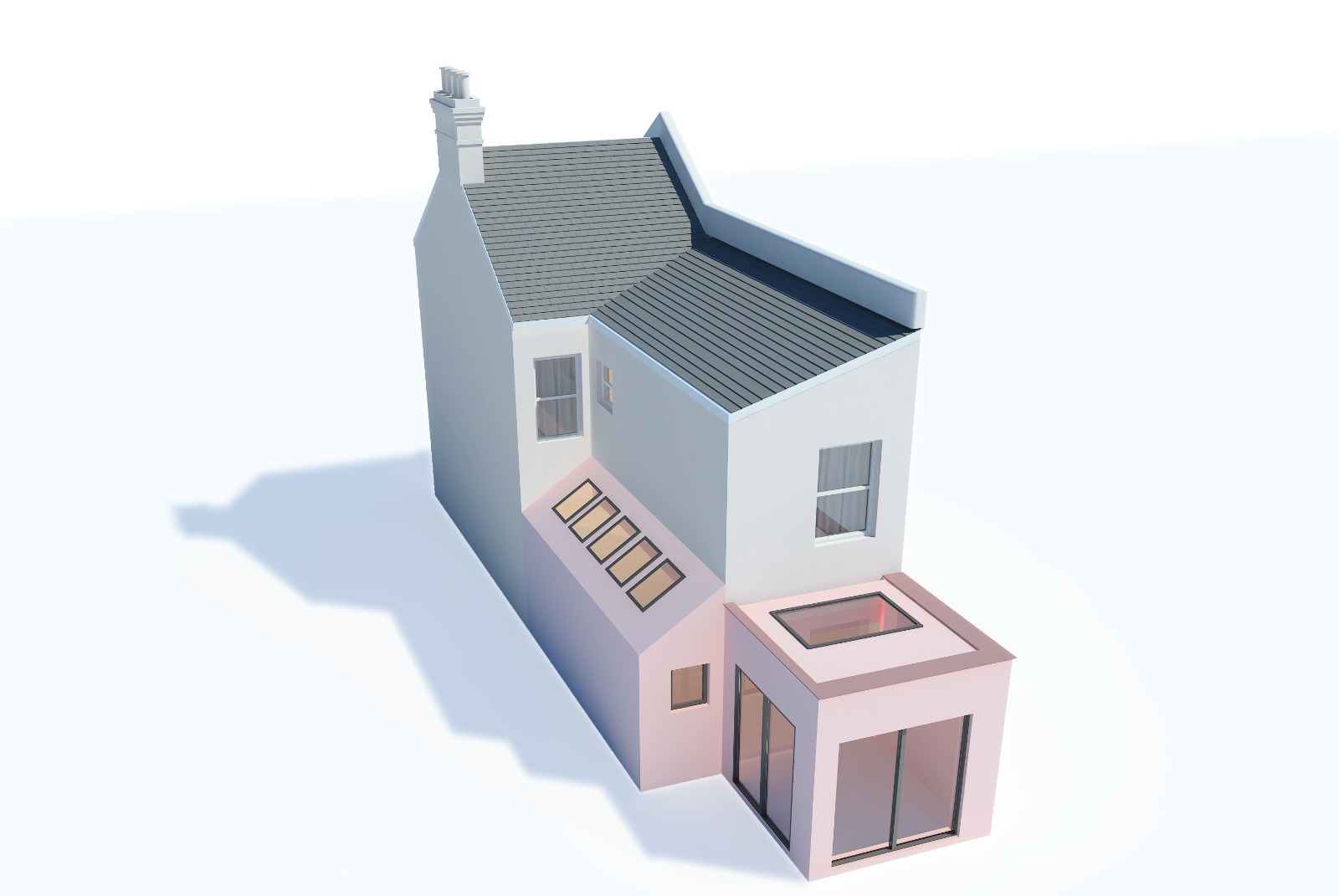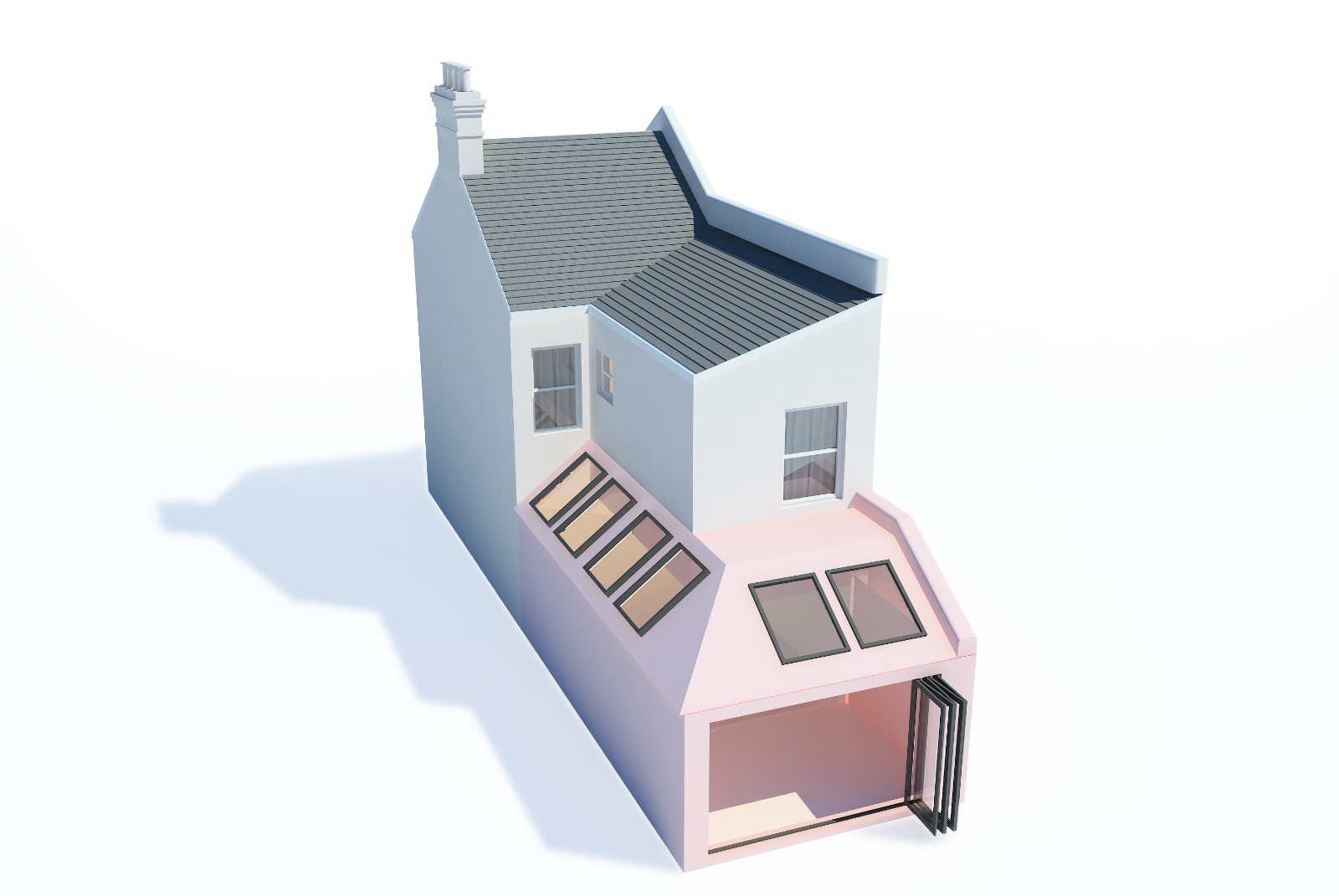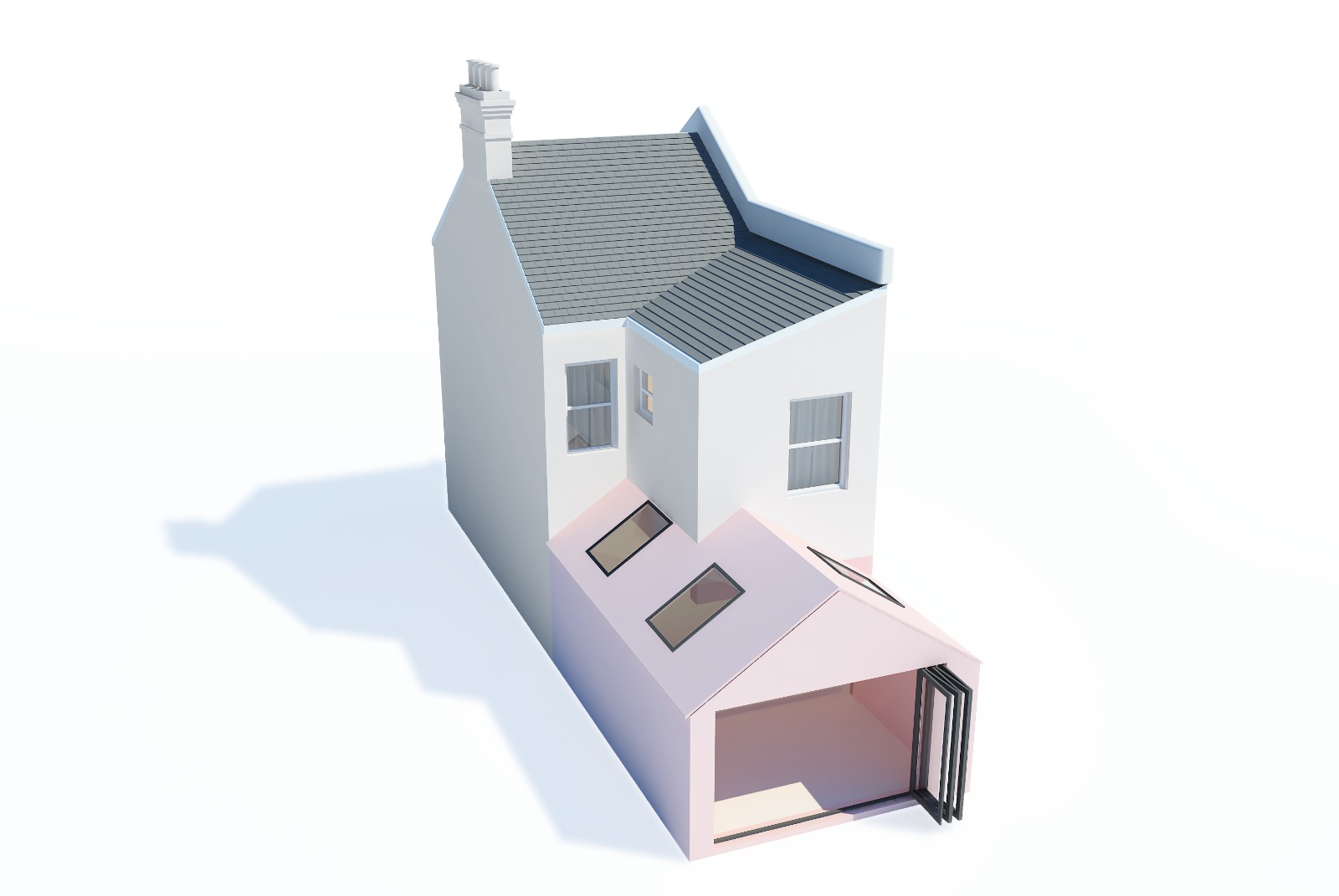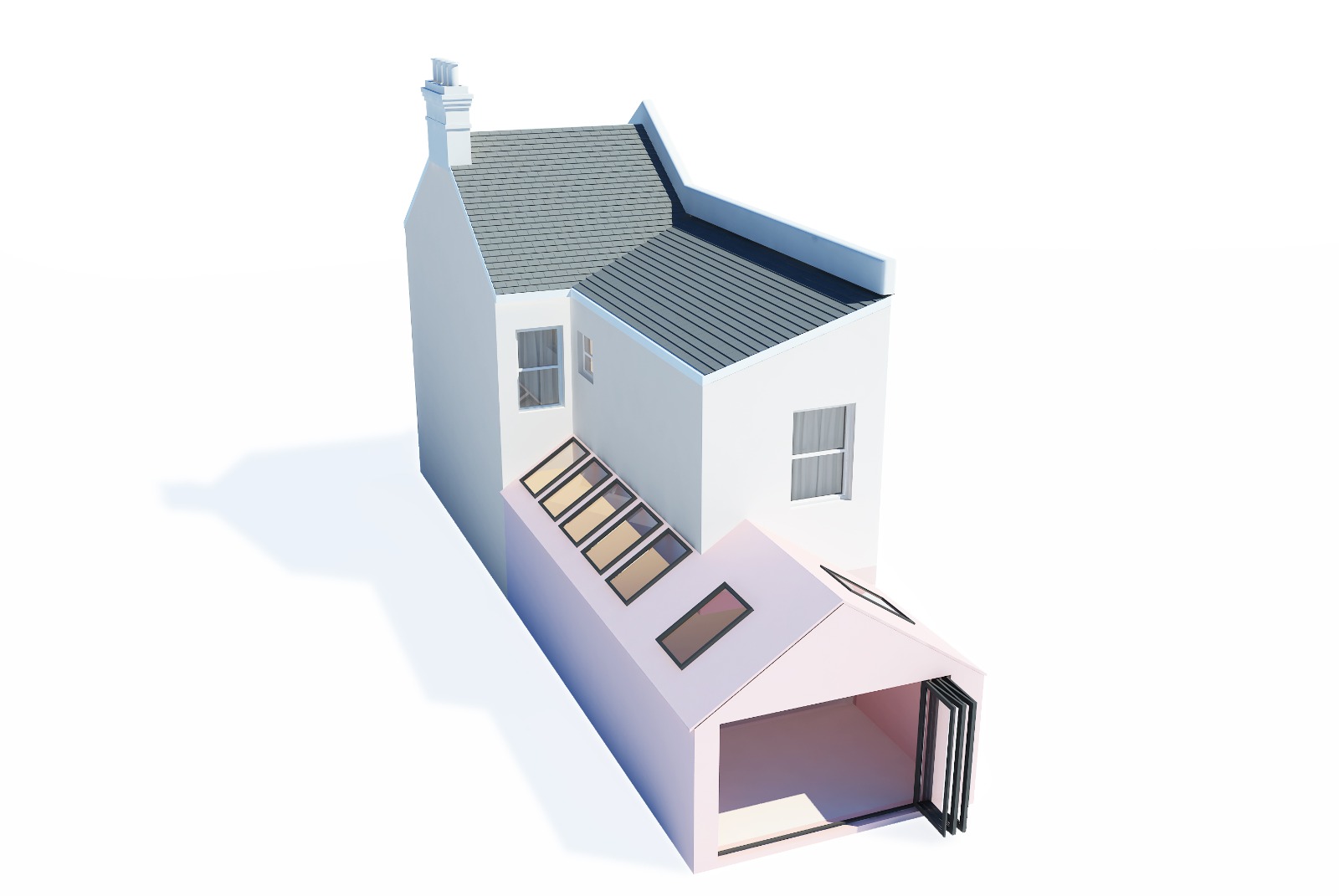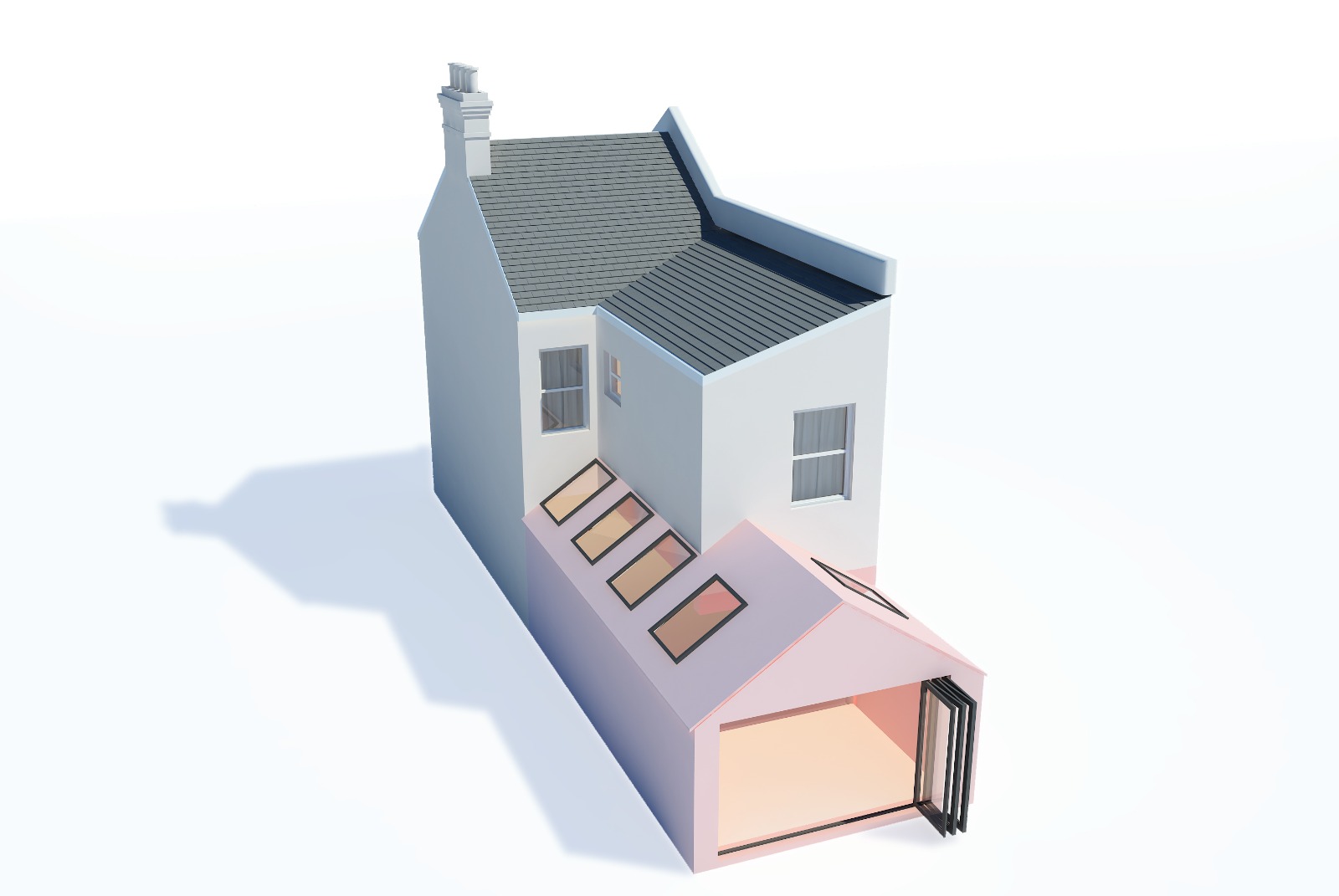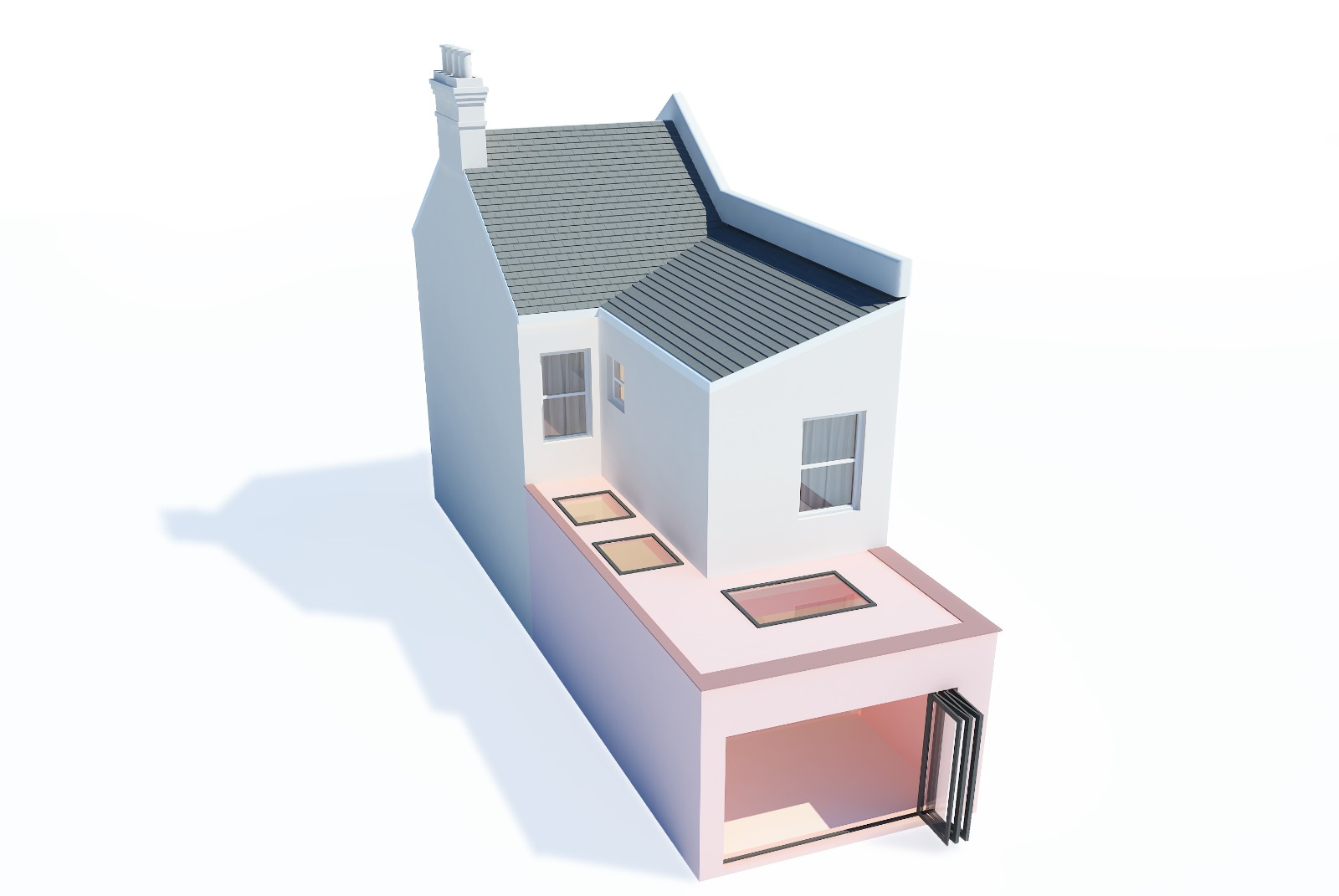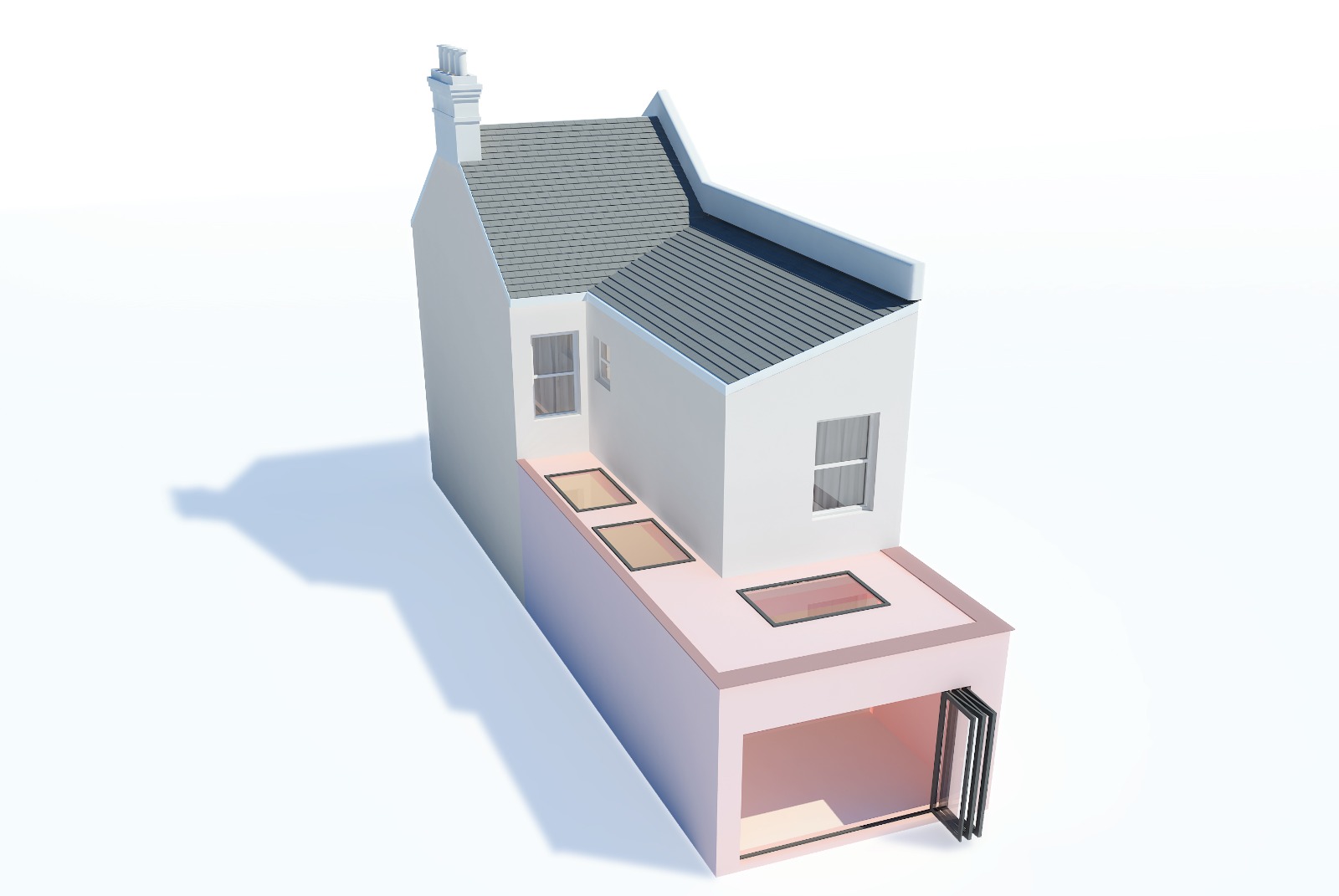Victorian Kitchen Renovations
Gabled roofs, towers and turrets, decorative trim, and shapely windows. All hallmarks of classical Victorian homes. But, while most of its features are a testament to its timeless beauty, Victorian kitchens may not be exactly suited to meet the day-to-day conveniences that are a must in every household. Victorian kitchen renovations allow you to redo and remodel your traditional kitchen, and transform them into the ideal space full of finesse and functionality. How? Here’s what you need to know to get started:
Fortunately, no. Most kitchen renovations will not require any planning applications unless it is part of an extensive extension. However, if the property is a listed building, it is a good idea to consult your local planning authority to ensure that the renovation meets the local guidelines and standards.
Building regulations approval may be required if additional drainage and electrical works form part of the renovation.
Converting your charming Victorian kitchen into the ultimate modern kitchen requires both flair and restraint. Some of the best ideas to create this perfect space feature:
- A splash of colour
It’s impactful while being easy on the wallet.
Adding a coat of fresh paint can have a dramatic effect on the overall look of your kitchen. Be it on the walls, the cabinets, or the shelves, bold hues and warm tones can help define the space while giving it a visual upgrade.
- Add texture and patterns
Victorian kitchens generally featured easy-to-clean surfaces such as worktops and lower walls. Building on this concept, while combining texture and convenience, is a great way to add more depth to the design and space.
Tiling the backsplash, adding patterned wallpaper, panelling the walls, or even creating an exposed brick wall; all help create a unique aesthetic that is both beautiful and functional.
- Upgrade the kitchen island
Unlike most modern kitchens which have a central open space, Victorian kitchens were designed inward towards a central worktable. And while this worktop may be affixed or freestanding, its use can be wide-ranging and full of possibilities.
Upgrading it into an efficient workspace with open shelves and kitchen stools on the side helps transform this worktop into a modern kitchen island that ties in the entire room.
- Make it metallic
Known for its brass faucets and copper fittings, Victorian kitchens made the most of the metals. And you should too!
Adding a metallic touch to cabinet door pulls or light fixtures, or simply polishing off the brass brackets, could be the perfect way to lend the kitchen a sleek elegance and bold finish.
- Add a pantry (or breakfast nook)
If you have the space, think about adding freestanding furniture that doubles as a pantry for extra storage. Arrange a few chairs around, and voila, you have created a simple but functional nook for grabbing a quick breakfast on hurried mornings.
The cost of kitchen renovations in Victorian homes depends on a number of factors. Namely:
- The size of the kitchen
- The design/ complexity of the renovation
- Location
- Groundwork/ Installations
- Building materials
- Fittings and fixtures
- Specialists’ fees
For example, a relatively simple renovation involving the installation of roof lights and bi-folding doors to create a brighter space may be cost-effective; whereas an extensive renovation which includes the installation of the latest fittings and appliances would be more costly. As such, the cost of a kitchen renovation in London can range from £8,000 to £16,000.
The real question is why not? As tempting as it may be to DIY the kitchen renovation, the risk of getting it wrong is not worth the hassle of trying to get it right.
While a kitchen renovation may seem like a simple project, insufficient planning, incorrect measurements, and i’ll-utilised resources can make a modest renovation into an expensive endeavour.
This is especially true of period properties whose renovations involve a myriad of complex factors, all of which must fall in line perfectly to create your ideal space. A space that you will use every single day. A space that must therefore be both beautiful and functional, full of comfort and convenience. And a professional team can help you achieve exactly that.
From planning and designing the remodel in minute detail and applying for the requisite approvals to selecting the best materials and supervising the entire project. The experts do it all.
And perhaps most importantly, the experts will help you avoid the mistakes and errors that may prove to be costly later on.
Being the foremost experts in extending and renovating Victorian and Edwardian properties, Good Design and Build are ideally suited to create the perfect kitchen renovation for your Victorian home.
From surveying the location and designing the renovation, securing the requisite approvals and managing the on-site work, we do it all.
Our incredible team includes architects, builders, technicians, and project managers. This enables us to oversee every aspect of the extension project from start to finish.
With decades of experience, unmatched expertise, and unparalleled skill, we create the best, bespoke kitchens of exceptional standards, which come backed by warranties.
We also go above and beyond to provide you with a stress-free experience that ensures you enjoy your new space which is the perfect blend of convenience and character.
How we deliver projects
Our process is simple and divided into two distinct phases with separate contracts: Design and Build. As a client you only commit to one phase at a time depending on what stage of the process you are in. Each phase consists of three stages as described below.
1. Design
This is the kick-off point for your project. We carry out a complete architectural measured survey of the property. This allows us to create accurate CAD design drawings. This is followed by a design meeting to start discussing your ideas in more detail.
2. Planning
At this stage we finalise the designs with you and start preparing planning applications as needed. We place a high priority on ensuring that plans, designs and schedules are all based on a thorough and detailed understanding of planning guidelines. We co-ordinate with local authorities until the decision is made, and the planning approval is secured.
3. Technical
Once the planning consent is secured, we translate the design drawings into more detailed technical drawings for the purposes of building control and construction. This also includes specifications and structural calculations. At this stage, we will also submit to you our ‘no obligation’ quote for the build phase.
4. Pre-build
90% of our clients decide to stick with us after the design phase is completed. Once the build contract is signed, we kick off the process by making sure all the pre-build processes are complete. These include assistance with party wall agreements, Thames Water build over agreement, submitting building control application, and preparing method statements etc as needed. This stage ends with a pre-start meeting with your foreman before the actual build begins.
5. Build
One of our foremen will be dedicated to your project and will be on-site to manage everyday works. Our project managers will be overseeing the works to make sure they are completed to high standards, within your budget and on time. Throughout the process we will keep you updated with the progress and coordinate the works with third parties such as kitchen or flooring suppliers. We will also advise and guide you to choose any suppliers if needed.
6. Handover
As the build draws to finish, we will help to iron out any ‘snags’ to make sure everything is completed to your satisfaction. We will put together all necessary certificates such as gas, electricity and building control completion along with warranties for glazing, boiler etc. At the final completion meeting, we will hand you these documents, together with the keys to your house. Needless to say, you can contact us any time after this, if you want us to look at something.
This is the kick-off point for your project. We carry out a complete architectural measured survey of the property. This allows us to create accurate CAD design drawings. This is followed by a design meeting to start discussing your ideas in more detail.
At this stage we finalise the designs with you and start preparing planning applications as needed. We place a high priority on ensuring that plans, designs and schedules are all based on a thorough and detailed understanding of planning guidelines. We co-ordinate with local authorities until the decision is made, and the planning approval is secured.
Once the planning consent is secured, we translate the design drawings into more detailed technical drawings for the purposes of building control and construction. This also includes specifications and structural calculations. At this stage, we will also submit to you our ‘no obligation’ quote for the build phase.
90% of our clients decide to stick with us after the design phase is completed. Once the build contract is signed, we kick off the process by making sure all the pre-build processes are complete. These include assistance with party wall agreements, Thames Water build over agreement, submitting building control application, and preparing method statements etc as needed. This stage ends with a pre-start meeting with your foreman before the actual build begins.
One of our foremen will be dedicated to your project and will be on-site to manage everyday works. Our project managers will be overseeing the works to make sure they are completed to high standards, within your budget and on time. Throughout the process we will keep you updated with the progress and coordinate the works with third parties such as kitchen or flooring suppliers. We will also advise and guide you to choose any suppliers if needed.
As the build draws to finish, we will help to iron out any ‘snags’ to make sure everything is completed to your satisfaction. We will put together all necessary certificates such as gas, electricity and building control completion along with warranties for glazing, boiler etc. At the final completion meeting, we will hand you these documents, together with the keys to your house. Needless to say, you can contact us any time after this, if you want us to look at something.
What Our Clients Say
Featured Projects
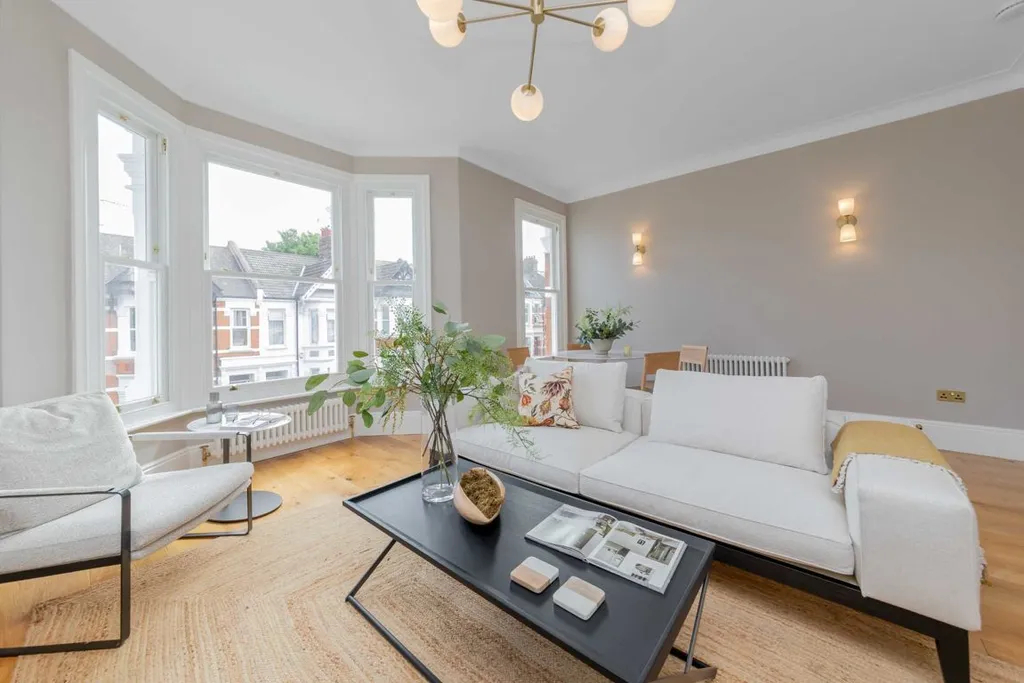
Harlesden
Sellons Ave NW10 4HJ
The project included creating a master bedroom in the loft with an adjoining terrace.
Learn more
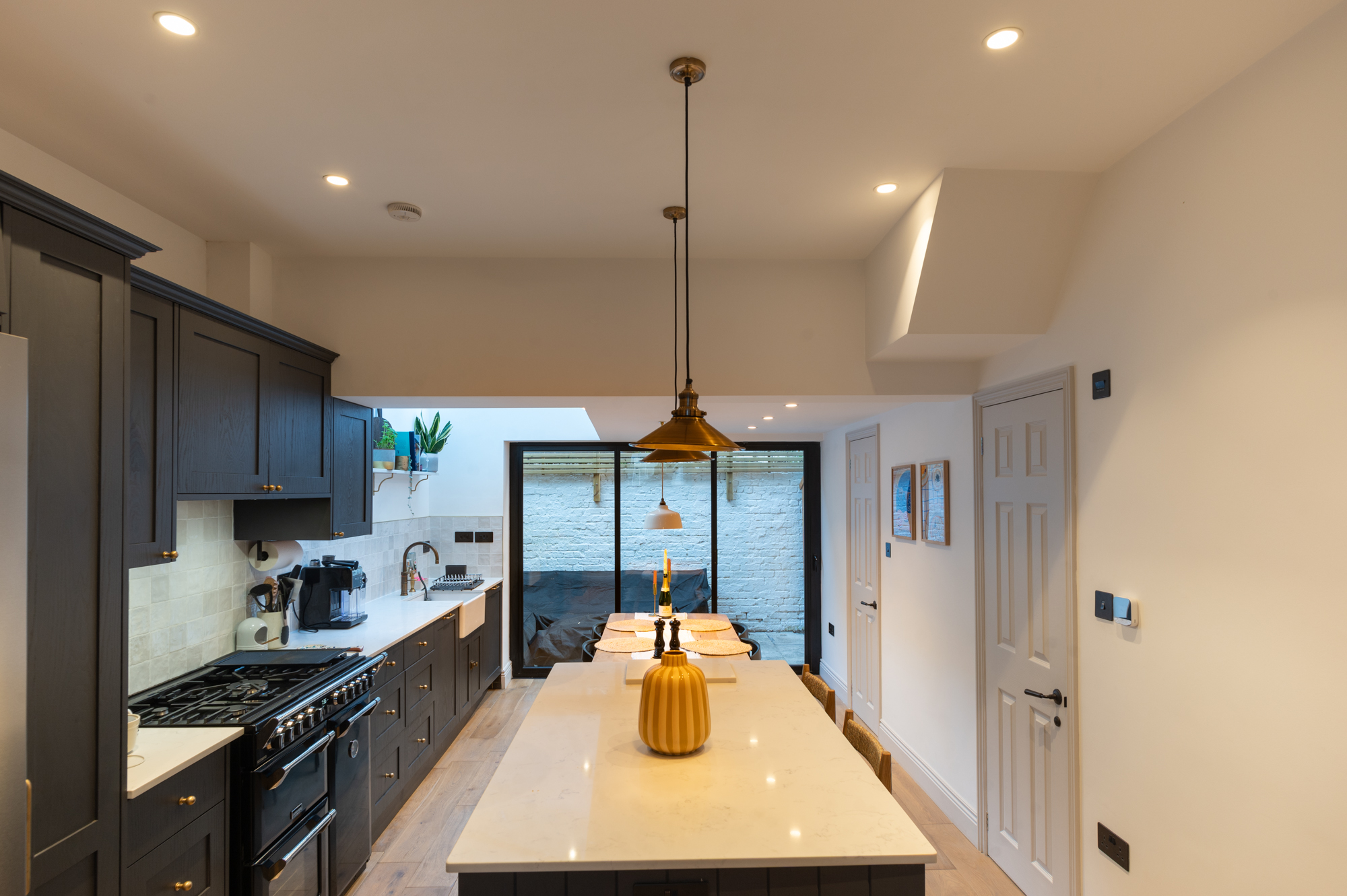
Fulham
Orbain Road SW6 7JZ
This project was completed in 2023 and the approximate budget was £101,000.
Learn more
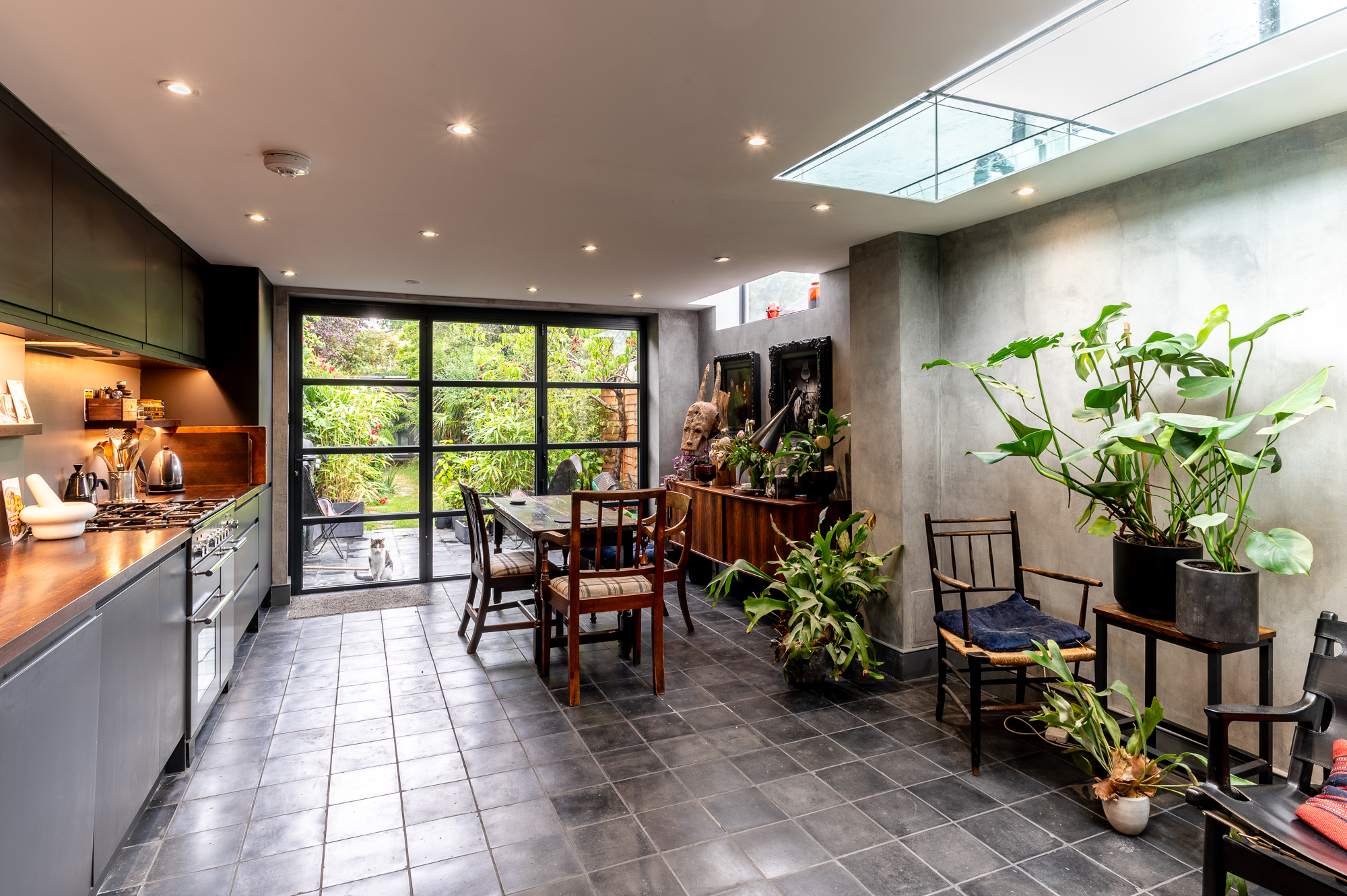
Lambeth
Hetherington Road SW4
We completed this stunning project for our client Angus in Lambeth.
Learn more
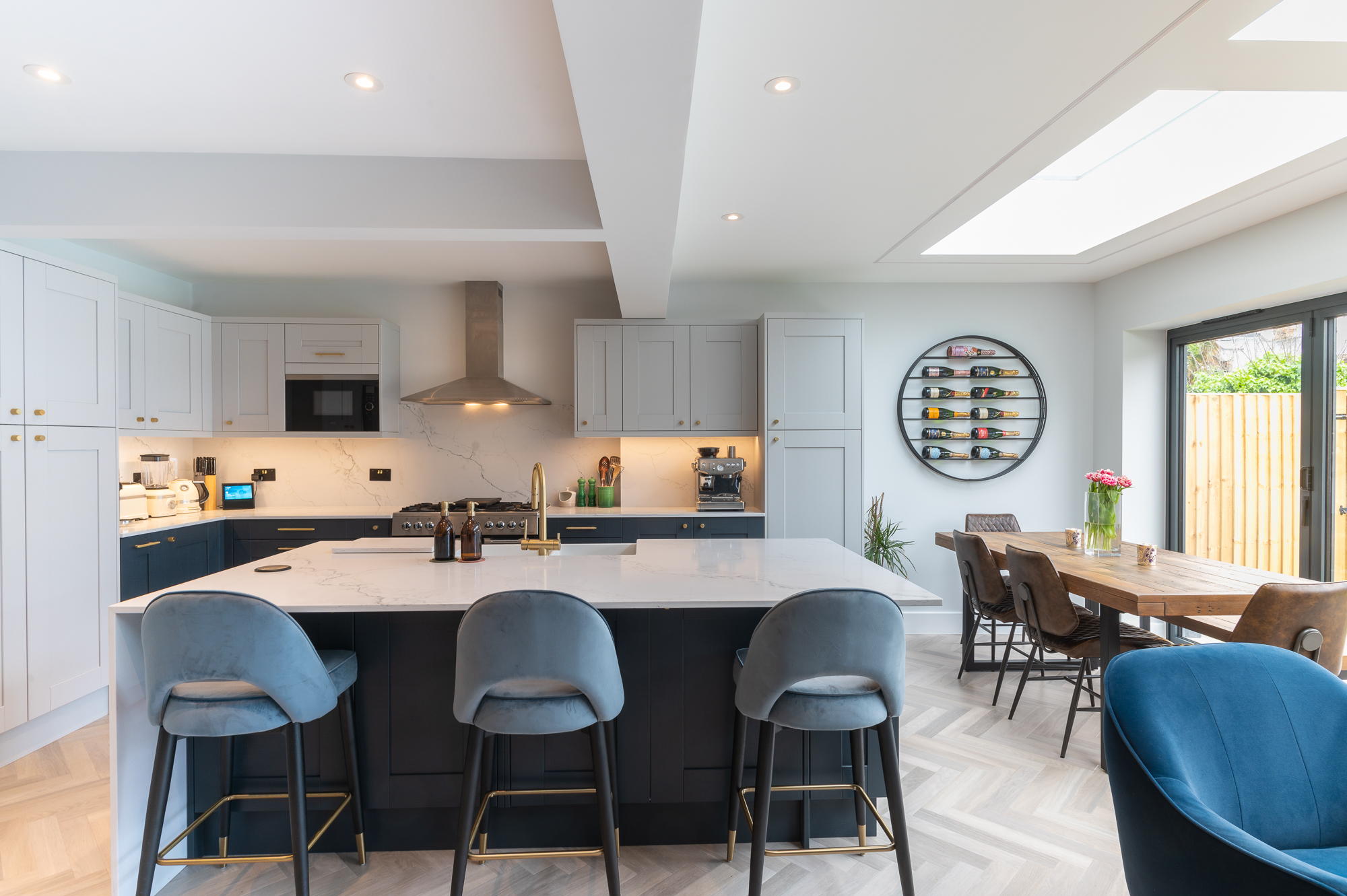
Teddington
Station Road SW4 7PA
We completed this exciting project for our clients on Station Road, a quaint residential area in the heart of Teddington.
Learn more

Leyton
Windsor Road E10
We completed this kitchen extension on Windsor Road, a charming residential street nestled in the heart of Leyton.
Learn more

Harlesden
Sellons Ave NW10 4HJ
The project included creating a master bedroom in the loft with an adjoining terrace.
Learn more

Fulham
Orbain Road SW6 7JZ
This project was completed in 2023 and the approximate budget was £101,000.
Learn more

Lambeth
Hetherington Road SW4
We completed this stunning project for our client Angus in Lambeth.
Learn more

Teddington
Station Road SW4 7PA
We completed this exciting project for our clients on Station Road, a quaint residential area in the heart of Teddington.
Learn more

Leyton
Windsor Road E10
We completed this kitchen extension on Windsor Road, a charming residential street nestled in the heart of Leyton.
Learn more
Build a Quote!
Let's get started with building your own bespoke quote for your dream extension. Tell us as much in detail as possible to get most accurate price.
Get StartedBuild a Quote!
Let's get started with building your own bespoke quote for your dream extension. Tell us as much in detail as possible to get most accurate price.
Get Started




